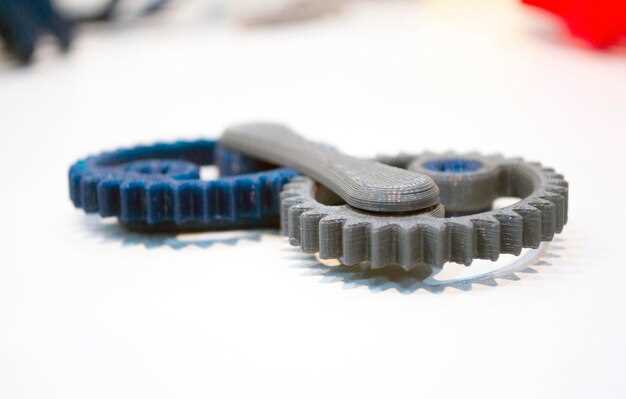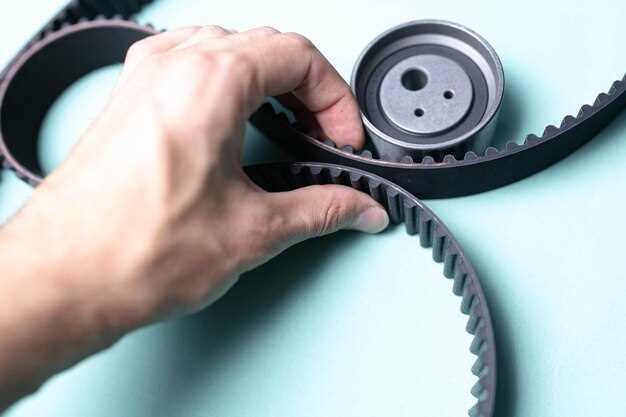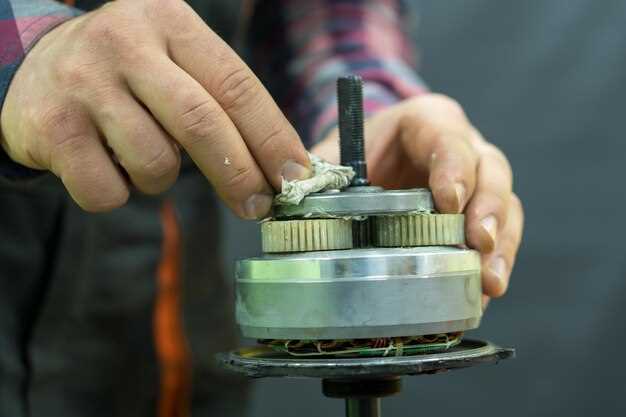
The timing belt plays a crucial role in the efficient operation of your vehicle’s engine. This essential component synchronizes the rotation of the crankshaft and camshaft, ensuring that the engine’s valves open and close at the correct intervals. As with any mechanical part, the timing belt is subject to wear and tear over time, which can lead to serious engine issues if not addressed promptly.
Recognizing the signs of a failing timing belt is vital for every vehicle owner. Common indicators include unusual engine noises, engine misfires, or visible wear on the belt itself. If these symptoms arise, it’s critical to act quickly, as a broken timing belt may cause catastrophic engine damage, leading to costly repairs.
To prevent such events, manufacturers often provide recommendations for timing belt replacement intervals, typically ranging from 60,000 to 100,000 miles. Adhering to these guidelines, along with regular inspections, can prolong the life of your engine and maintain its performance. Staying informed about the timing belt’s condition and following best practices for replacement will help ensure the longevity and reliability of your vehicle.
Identifying Signs of Timing Belt Wear

Monitoring the condition of your timing belt is crucial for the longevity of your engine. Recognizing the signs of wear can help you determine when a replacement is necessary. One of the first indicators of timing belt wear is the presence of cracks or fraying along the belt’s edge. Any visible damage should prompt immediate consideration for replacement.
Another sign to watch for is a change in the engine’s performance. A slipping timing belt can cause irregular engine rhythms, leading to misfiring or stalling. If you notice decreased power or unusual sounds, such as grinding or whining, it may indicate that the timing belt is losing its tension or has become misaligned.
Additionally, inspect the timing belt for signs of contamination. Oil leaks from the camshaft or crankshaft seals can degrade the belt material, leading to premature failure. If you observe oil around the belt area, it is essential to resolve the leak and consider a replacement.
Finally, listening to your engine can provide valuable insights into the timing belt’s condition. Unusual noises, particularly a high-pitched squeal, might signal that the belt is slipping or about to break. Regularly check your timing belt during maintenance intervals to identify any of these signs early on and prevent costly engine damage.
Steps for Timing Belt Replacement
Replacing a timing belt is a crucial maintenance task that ensures your vehicle runs smoothly and efficiently. Here are the key steps to follow during the replacement process:
1. Preparation: Begin by gathering all necessary tools and replacement parts. You will need a socket set, wrenches, a tensioner tool, and of course, a new timing belt.
2. Disconnect the Battery: Safety is paramount; disconnect the negative terminal of the battery to prevent any accidental electrical issues during the replacement.
3. Accessing the Timing Belt: Remove any components obstructing access to the timing belt. This may include the engine cover, pulleys, or other accessories. Refer to your vehicle’s manual for specific instructions.
4. Mark the Timing Marks: Before removing the old belt, accurately mark the position of the timing marks on the camshaft and crankshaft. This will ensure correct alignment during the installation of the new belt.
5. Remove the Old Belt: Carefully loosen the tensioner and remove the old timing belt. Make sure to take note of how it was installed to guide your new installation.
6. Inspect Components: Check the tensioner, pulleys, and water pump for wear. Replace any damaged parts as necessary to prevent future issues.
7. Install the New Timing Belt: Align the new belt with the timing marks you previously made and adjust the tensioner to secure it in place. Ensure that the belt is taut and correctly positioned on all sprockets.
8. Reassemble: Reattach any components you removed to access the timing belt. Double-check that everything is securely fastened and properly aligned.
9. Reconnect the Battery: Once everything is back in place, reconnect the negative terminal of the battery.
10. Test the Engine: Start the engine to ensure that it runs smoothly. Listen for any unusual noises that may indicate a problem with the belt installation.
Following these steps can help ensure a successful timing belt replacement, contributing to the longevity and reliability of your vehicle.
Maintenance Tips to Extend Timing Belt Life

To ensure the longevity of your timing belt, regular maintenance and attention to vehicle condition are crucial. First, always follow the manufacturer’s service schedule for timing belt replacement; typically, this is every 60,000 to 100,000 miles, but check your owner’s manual for specific recommendations.
Secondly, regularly inspect the timing belt for any signs of wear, such as cracks, fraying, or glazing. If you notice any of these issues, it’s important to replace the belt immediately to prevent potential engine damage.
Another key tip is to maintain proper tension on the timing belt. An overly loose belt can slip or wear out prematurely, while a belt that is too tight can lead to excessive stress on components like the water pump and tensioners. Professionals should regularly check the tension and adjust it as necessary.
Also, consider the condition of related components, such as the water pump, tensioners, and pulleys. Replacing them alongside the timing belt helps avoid future issues since an old or failing part can shorten the belt’s lifespan.
Environmental factors play a significant role as well. Ensure your engine is running at the correct temperature and that the cooling system is functioning properly. Overheating can lead to premature timing belt failure, so address any cooling issues without delay.
Finally, vehicle storage and driving habits also impact the timing belt’s longevity. Avoid exposing your vehicle to extreme temperatures and harsh conditions. Additionally, practice smooth driving techniques to reduce strain on the timing belt. By incorporating these maintenance tips, you can effectively extend the life of your timing belt and promote overall engine health.